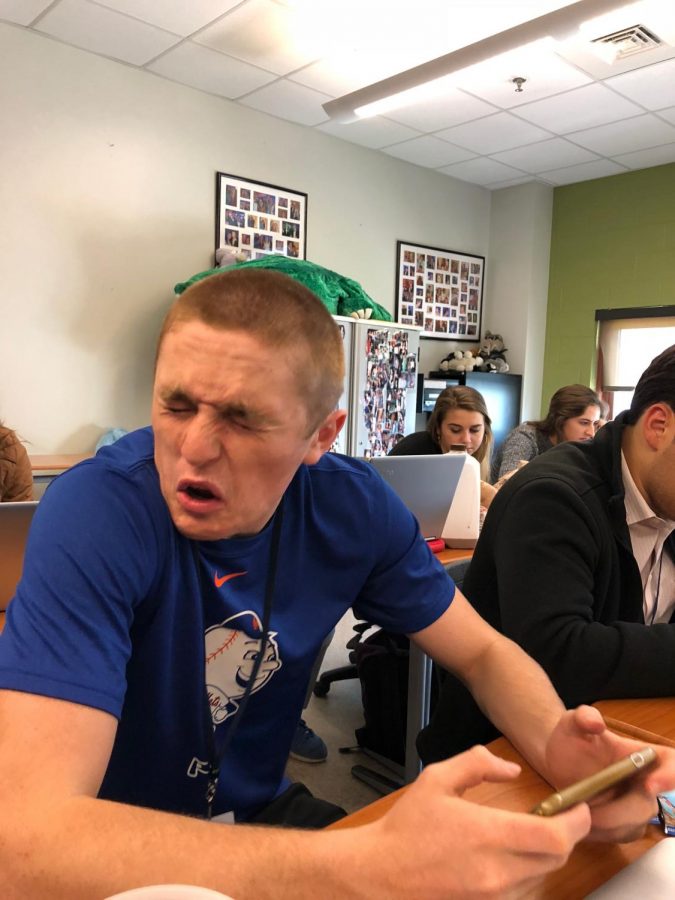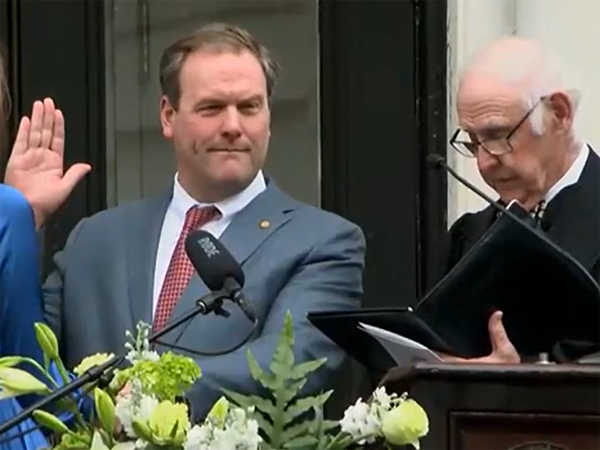Allergy Season is BACK.
Allergy season is in full bloom, and it sucks. For many, this time of year is characterized by stunning blossoming trees, which leave a slightly bothersome yellow powder on their porches and outdoor furniture. For a more unfortunate few, allergy season not only exists from the pollen scattered outside, but for the continual and never-ending effects it has on their health. When I say “their,” what I really mean is “our”. As a sufferer of allergies for my entire life, I know the extreme pain of walking outside on a Saturday morning and being hit by a brick wall of pollen. It somehow manages to drain any energy I have, due to a mixed variety of congestion symptoms. Common symptoms include a runny nose, swollen and itchy eyes, nasal congestion, sinus congestion, and a persistent cough. Playing a friendly game of basketball with friends is not remotely similar to playing during winter, as it is easy to be short of breath and lack the usual energy.
For those of you who have been through the continuous cycle every spring, you know the drill. It is much more comfortable to stay in a cold, dark room with a pollen-free surrounding than to bare the risk of venturing outdoors. Showering also becomes a more frequent occurrence, purely for the purpose of eliminating the lingering specs of yellow on our bodies. However, there are options beyond the standard coping mechanisms, and those options entail medication. Zyrtec, Allegra, and Claritin are antihistamines, drugs that eliminate allergens by preventing histamines to attach to your body’s cells and cause countless symptoms. For those with mild allergies, this will probably do the trick. For those that need additional relief for eye itch, eye drops may decrease irritability and improve overall well-being. And for nasal congestion, a nasal spray may inhibit a runny nose and prevent the stockpiling of Kleenex.
We see it, we deal with it, and we forget about it come summer, but WHY does this pollen attack occur on such a strict cycle? To give more specific dates and allergen details, grass pollen starts to make an appearance around January in Florida and works its way up the East coast month by month. Grass pollination, the most prevalent form of allergy suffering in the South, is entirely based on wind pollination. Wind picks up pollen and causes that yellow haze outside we are all too familiar seeing on our cars and in the streets. In May, tree pollination begins to plague northern states in New England and reaches its peak around Memorial Day Weekend. Finally, a more common but less extreme allergen called ragweed pops up in early fall, affecting around 75% of all allergy sufferers. Needless to say, there is widespread pollen season that affects the southeastern United States, but it can vary in different cities and regions. Charleston, for example, ranks #26 on the “100 Worst US Cities for People with Allergies” and has a “score” of 70.96. Due to recent advanced technologies in detecting pollen levels, however, it is now feasible to get a head start through the 5 Day Allergy Forecast from The Weather Channel and Pollen.com. As someone who has undergone these ridiculously bothersome symptoms many times before, I assure you that you are NOT alone.













